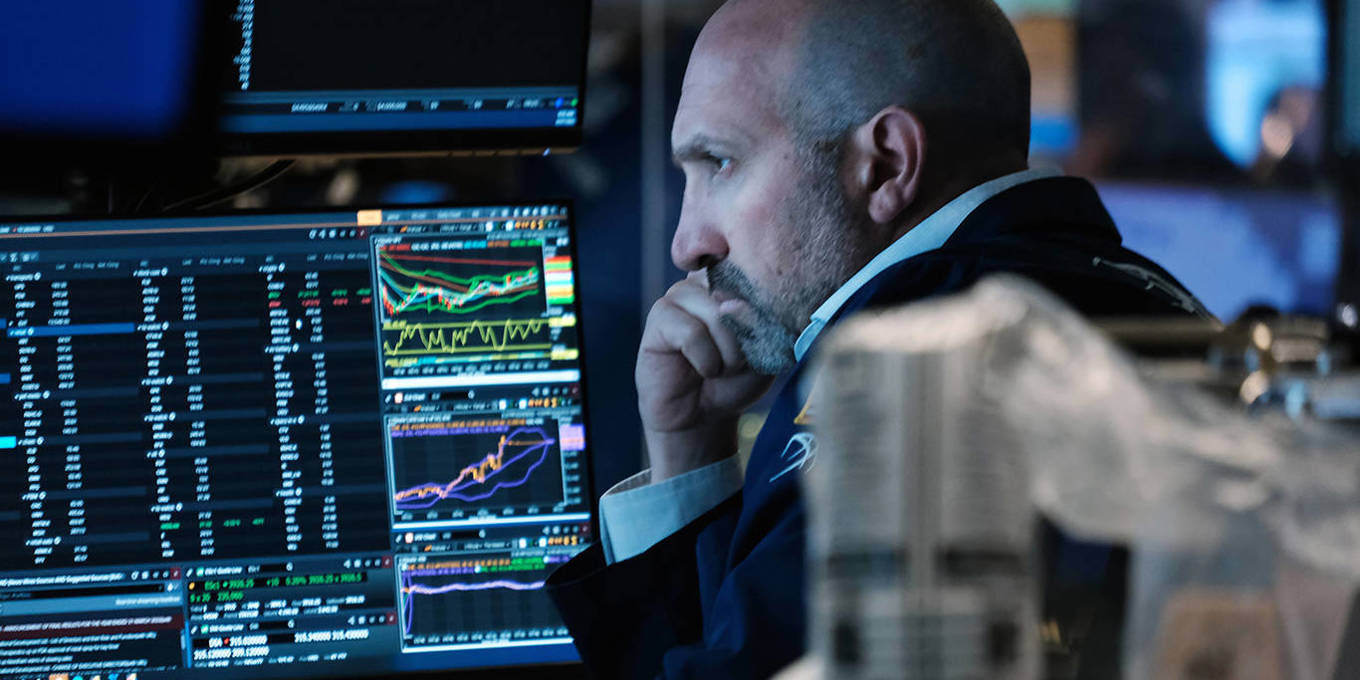- Joined
- May 2, 2022
- Messages
- 3,319
- Reaction score
- 5,629
- Political Leaning
- Liberal
The Fed probably should have changed to a more inflationary fighting policy last year, but it appears they were more concerned about the possibility of the economy stalling again due to a resurgence of Covid. In general, they usually seem slow to act (although I'm usually looking at the situation with the benefit of hindsight).Ok, that makes more sense, for some reason I was thinking the Fed started raising rate back last year. Likely because it's just been a really bad couple of years with all the goings on in the world.
In addition to looking at the numbers from the Fed, you may also want to read their press releases. They often give some insight into their general outlook (even just the periodic, very brief Federal Open Market Committee statements).
The intention to reduce the size of their balance sheet was outlined early this year.

Principles for Reducing the Size of the Federal Reserve's Balance Sheet
The Federal Open Market Committee agreed that it is appropriate at this time to provide information regarding its planned approach for significantly reducing t
www.federalreserve.gov

Plans for Reducing the Size of the Federal Reserve's Balance Sheet
Consistent with the Principles for Reducing the Size of the Federal Reserve's Balance Sheet that were issued in January 2022, all Committee participants agreed
www.federalreserve.gov

